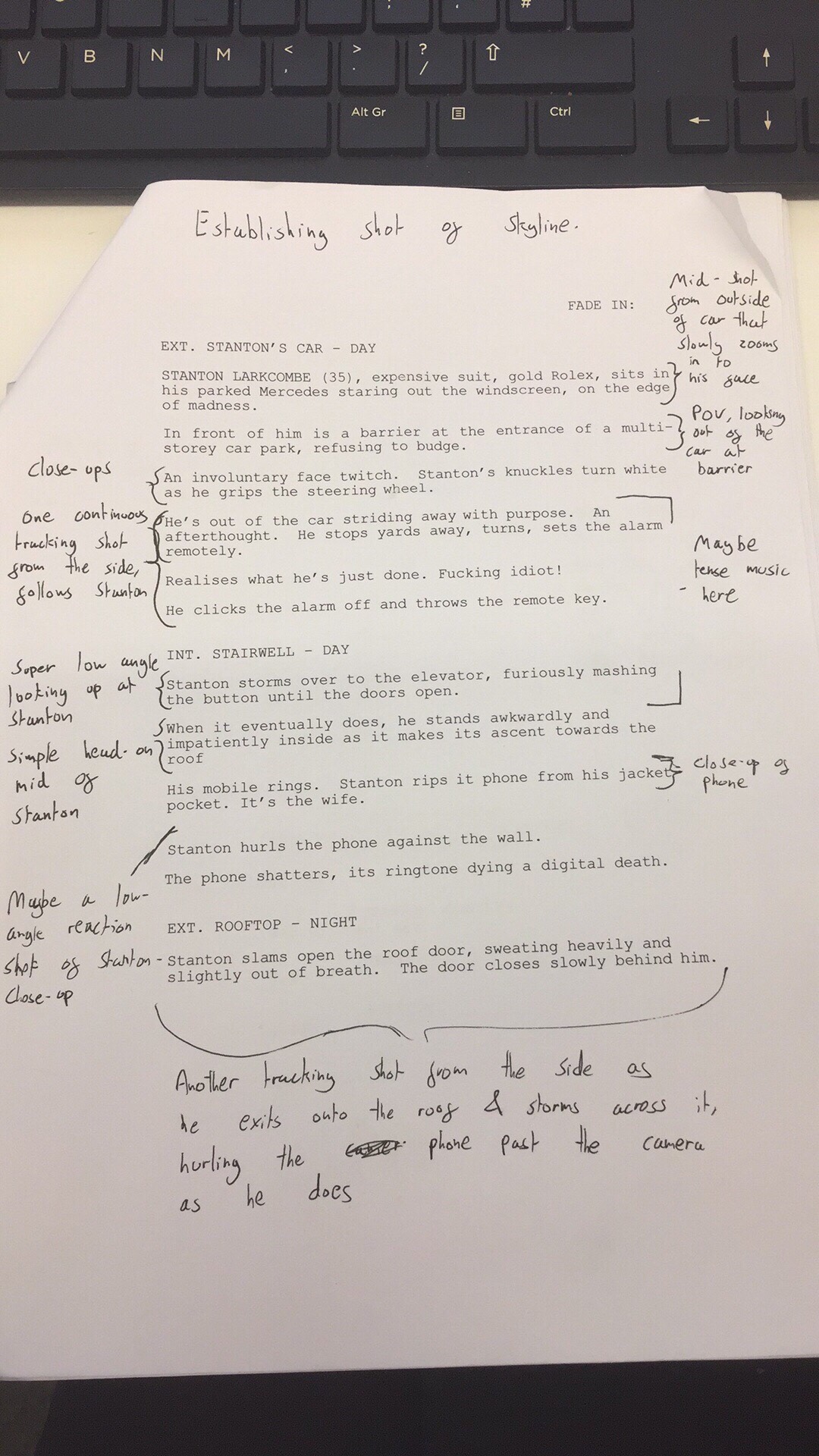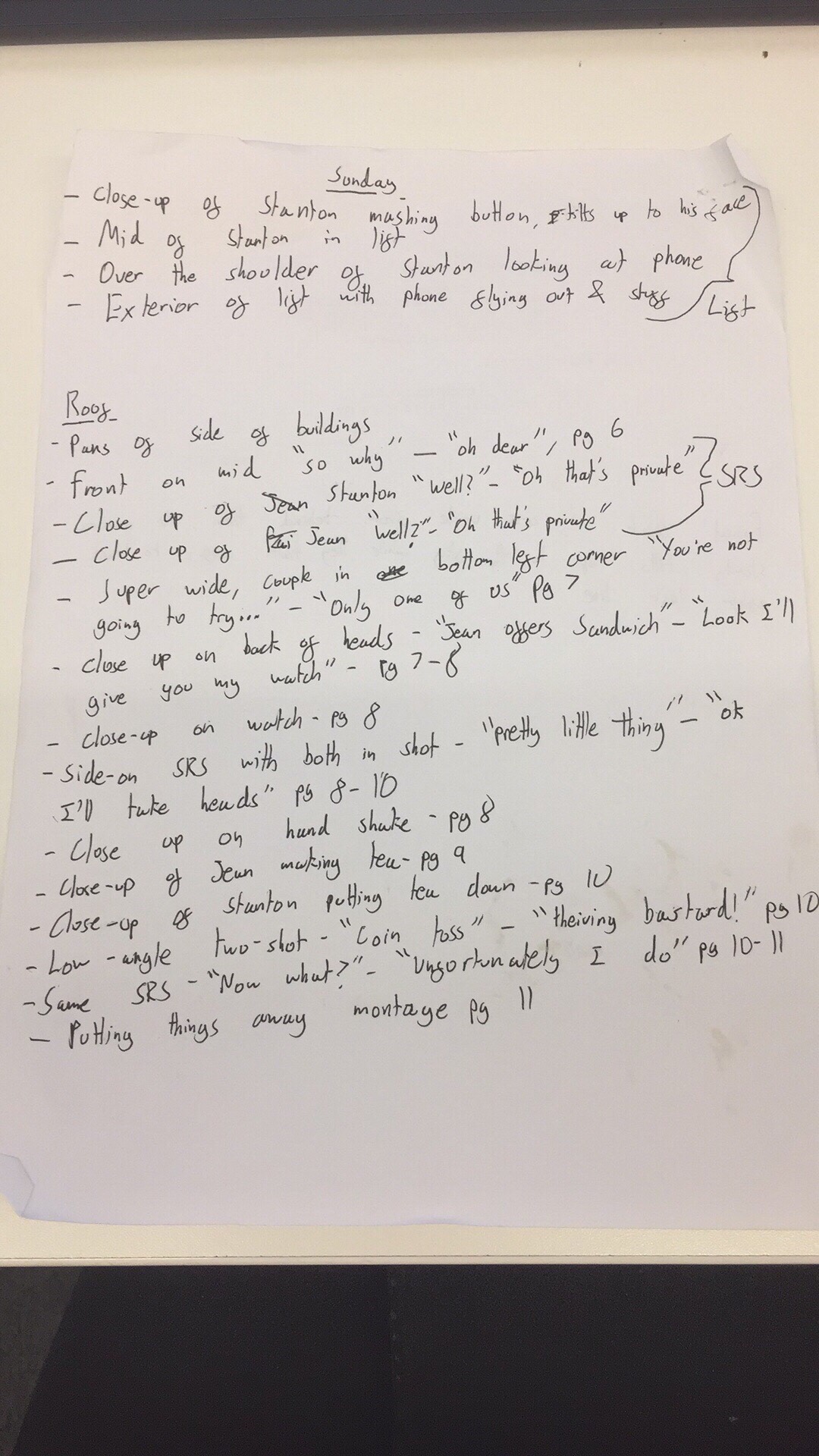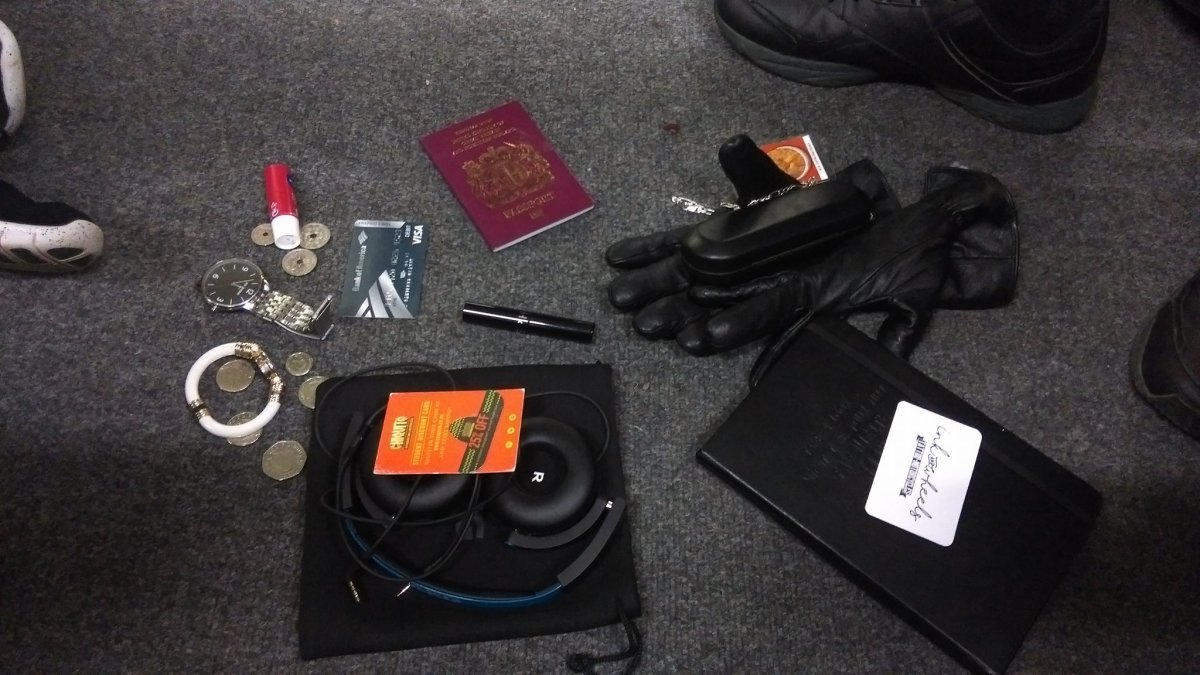Sans Soleil was certainly an interesting and impressively ambitious film. Over the course of its run time I had listened to Chris Marker meditate on the human condition, human nature, memory, history, the Kino eye, culture, images and filmmaking, all through the guise of a travelling camera man known as Sandor Krasna who’s sending letters back to the female narrator in France.
From the get-go, the form of the film was fascinating to me. When we think of documentaries we often think of a specific event or topic being covered throughout the film. We expect interviews, maybe some reconstructions and some archive footage to go along with it. Sans Soleil offers a fascinating alternative, a film that runs like a stream of consciousness, told through the eyes of two fictional characters, yet using footage of real events, and covering history and culture in an informative way. Because of its original form, Sans Soleil has been referred to as a travelogue and an essay film in addition to a documentary. I have seen this marriage of fiction and documentary once before in a far more recent film called Not Reconciled (Jill Daniels, 2009), in this short film we cover the events of the Spanish Civil War told through the eyes of two fictional characters killed during the events and talking as ghosts. This experimental style of documentary really interests me, as it allows us to take large political events and make them into something personal, by allowing us to see them through the eyes of a character with emotions and opinions. No longer are we hearing about an event through dates and statistics, we are seeing the way it would have directly impacted the life of a human being.
But how did I actually feel about the film beyond being interested by its form? How did it make me feel? Did I enjoy it? In truth, after watching it I was a bit unsure on a number of these things, perhaps because the film wasn’t trying to tell me how to feel, which is commendable, it seemed to me more of a place for Marker to try and make sense of his own thoughts, not much caring whether or not anyone wanted to hear what he had to say. Marker confirms as much in a revealing letter to one Theresa, wherein he states “On a more matter-of-fact level, I could tell you that the film intended to be, and is nothing more than a home movie.” (Chris Marker, Unknown) As such, I found my interest fluctuating throughout. When Marker was discussing a society’s culture and history, it was revealing and fascinating, he represented it through the lives of ordinary working-class people rather than through famous names and politicians, which I thought was brilliant, and the footage he chose to use was intimate and powerful. Yet, when he began to meditate on the nature of memory, time and space, at times my concentration would drift. As fascinating and unique as Marker’s world view was, it’s a view that’s completely his own, meaning there were times where I couldn’t relate to or even completely understand what he was saying. Of course, as previously mentioned, Marker was in no way trying to appease his audience, so this was by design and no fault of the film. On top of that, the stream of consciousness structure meant the film meandered from one topic to the next in a seemingly random order, which for me, would occasionally negatively affect the pacing of the film, and contribute to my fluctuating interest. For instance, during the sequence in the second half of the film where Marker’s fictional camera-man is discussing his ideas for a film he’d like to make but probably won’t, by the time he mentions he’d call the film “Sunless”, it felt to me like a summation of everything the film had been about up to that point, and as such I was expecting that to be the finale. I was surprised to find when the film carried on after that point that there was still half an hour to go.
In conclusion then, I was impressed by Sans Soleil, and it was quite clear to me why the film is held in such high regard by so many. Its form was truly original, and I found some of the topics Marker covered and the way he did so to be truly fascinating. However, as much as it was a film I’d encourage others to experience, due to its meandering pace and sometimes deeply personal subject matter, I can’t say I enjoyed all of it, and though I’m glad I watched it, I can’t really see myself returning to it anytime soon.
References
Chris Marker. (2018). Letter to Theresa by Chris Marker – Behind the Veils of Sans Soleil ~ Chris Marker. [online] Available at: https://chrismarker.org/chris-marker/notes-to-theresa-on-sans-soleil-by-chris-marker/ [Accessed 9 Jan. 2018].
Not Reconciled. (2009). [film] Directed by J. Daniels. London.
Sans Soleil. (1983). [film] Directed by C. Marker. France: Argos Films.












